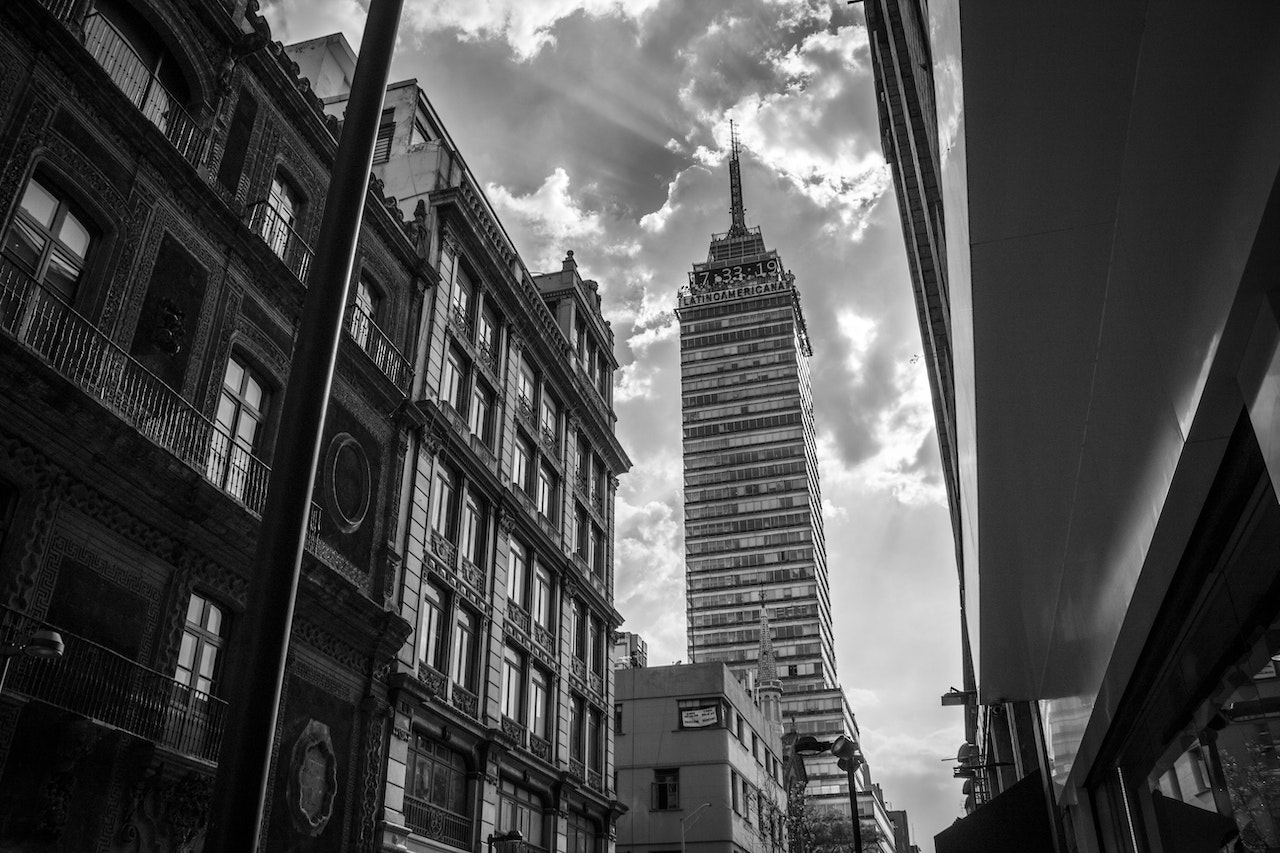Table of Contents
- Introduction: The city as a Canvas
- The Artistry of Urban Observation
- The Writer’s Toolbox: Techniques for Urban Aesthetic
- The Dance with Metaphor: Breathing Life into the Concrete Jungle
- Writing for Impact: The Power of Details
- Invoking the Senses: Descriptive Writing in the Urban Milieu
- Characters in the City: Humanizing the Urban Landscape
- Poetry of Place: Infusing the City with Emotion
- Conclusion: Paint Your Own City
Introduction: The city as a Canvas
In this piece, we delve into the intricate dance of drawing upon the urban milieu to inspire our creative writing – a journey through the rich tapestry of the ‘writer aesthetic’. Here, the city becomes our canvas as we navigate the art of observation, essential writing techniques, the use of metaphor, understanding and manipulating tones, and the power of specific details. We wrap up by highlighting how this practice can ultimately lead to creating your unique urban narrative.
The Artistry of Urban Observation
The Act of Seeing
The first step to capturing the urban aesthetic lies in keen observation. As a writer, one must see beyond the tangible structures and bustling activities to perceive the underlying rhythm, the human stories woven amidst the concrete structures, and the vibrant cultural exchanges.

The Power of Perspective
Observation is inherently subjective. Two individuals might view the same street and perceive it differently. It is crucial, therefore, to acknowledge and use this subjectivity to create a vivid, unique portrayal of urban life.
The Writer’s Toolbox: Techniques for Urban Aesthetic
Words as Brushes
A writer views their craft much like a painter does. In the same way that an artist chooses particular brushes for specific effects, writers also weigh every element of language they will employ in order to accurately render a city’s aesthetics. Words and sentences are chosen with precision to guarantee an evocative portrayal. These choices directly influence how your reader experiences your urban depiction.
Style and Structure
A writer can offer readers a range of viewpoints on the city by employing diverse writing styles and structures. This experimentation allows artists to express their aesthetic in various forms. Providing a wide array of experiences and perspectives.
The Dance with Metaphor: Breathing Life into the Concrete Jungle
Why Metaphors?
Metaphors serve a greater purpose than purely ornamental purposes within literature – they inject energy into your written craft. Metaphors offer compelling comparisons and articulate complicated concepts, intensifying the expanse and intricacy of your urban narrative.
Creating Metaphoric Landscapes
The craft of conveying the essence of a city through written word involves utilizing metaphors to illustrate its landscapes. They should be depicted not as inanimate structures, but rather animate, pulsating entities filled with vitality, profound pasts, and captivating tales.
Writing for Impact: The Power of Details
Why Details Matter
Focusing on specific details can significantly intensify the readers’ connection to your urban narrative. By providing concrete, sensory descriptions, you can evoke a strong sense of place and familiarity.
The Art of Selective Detailing
Not every detail is worth noting. As a writer, your job is to filter the urban chaos and highlight those aspects that best communicate the aesthetic essence of the city you are portraying.

Invoking the Senses: Descriptive Writing in the Urban Milieu
Tactile Textures: The City Beneath Your Fingertips
Exploring the city doesn’t stop at observing with your eyes; it’s a full sensory experience. The same should hold true for your readers. Make them feel the rain-slicked cobblestones beneath their feet, the sting of a winter wind cutting through narrow alleyways, or the warmth of a summer sun on red brick walls. This tactile exploration of the urban scape elevates your writer aesthetic, adding a layer of realism and immediacy to your work.
Aural Tapestry: The Sounds of the Streets
The city is never silent, and neither should your writing be. Capture the rush-hour traffic’s roar, the melodic chime of a distant church bell, or the muted murmurs of late-night conversations in a 24-hour café. Through these soundscapes, you paint a more vibrant picture of city life, immersing your readers deeper into your urban narrative.
Scented Stories: The Aromas of Urban Life
Never underestimate the power of scent in your descriptive writing. The aroma of freshly brewed coffee from a street vendor, the pungency of a wet city street, or the blend of exotic spices from a distant food market can transport your reader right into the heart of your city. This sensory invocation is crucial to the writer aesthetic, cementing your reader’s connection to your urban portrayal.
Characters in the City: Humanizing the Urban Landscape
People as Part of the Landscape
A city is only as vibrant as its inhabitants are dynamic. To create an authentic urban narrative, it’s crucial to pay homage to this truth. Your writing should celebrate various people who call cities home – be it a hurried worker rushing through building lobbies or a laid-back artist painting murals on blank walls or an old man enjoying birdwatching at a park bench amidst busy traffic noise. Each citizen plays their part in contributing towards something larger than themselves – shaping their beloved urban landscape with their unique stories and challenges which also ties them together into something bigger than each individual alone.

The Urban Identity
Cities, like people, have their own identities. The daily rituals, popular hangouts, local customs, architectural styles all contribute to this urban personality. When capturing the essence of city life, ensure that you’re not just presenting a geographical location but a living, breathing entity with its unique character. This will enrich your writer aesthetic and make your urban narrative more compelling.
Cities should be connected to people, not to the endless emotional expansion of writers themselves. Although urban articles can capture colors, shapes, and lines, in order to capture the soul of the city, we still have to spend a lot of time looking for the people and the character of the city.
Poetry of Place: Infusing the City with Emotion
The City’s Heartbeat
Each and every city boasts a unique rhythm, a steady throb that pervades its daily hustle and bustle. A writers’ task lies in capturing this aesthetic in their narrative. This calls for an understanding of how the city feels. Thinks, and even breathes – not just its physical appearance.

The Emotional Landscape
Cities aren’t merely a collection of structures; they are emotional landscapes. Joy, sorrow, anticipation, nostalgia – cities can evoke a multitude of feelings. Reflect this emotional depth in your writing. Let your cityscape stir emotions, triggering a resonance between your readers and your urban narrative. It’s this emotional depth that truly brings the city to life in your writing, enriching your writer aesthetic.
Conclusion: Paint Your Own City
In world literature, contracting between cities and people is a common phenomenon, such as Balzac and Paris, 19th-century Russian writers and Petersburg, Moscow and Chicago, Joyce and Dublin. Our urban surroundings offer an infinite palette of inspiration. Capturing this aesthetic essence is a fascinating challenge, but with keen observation, a versatile toolbox of writing techniques, the power of metaphors, a nuanced understanding of tones and moods, and attention to detail, you can create a compelling urban narrative. The city’s soul is ever evolving, and every writer’s perspective adds a unique hue to this collective portrait. So, pick up your pen and paint your city, adding to the rich tapestry of the urban ‘writer aesthetic’.



 No products in the cart.
No products in the cart.